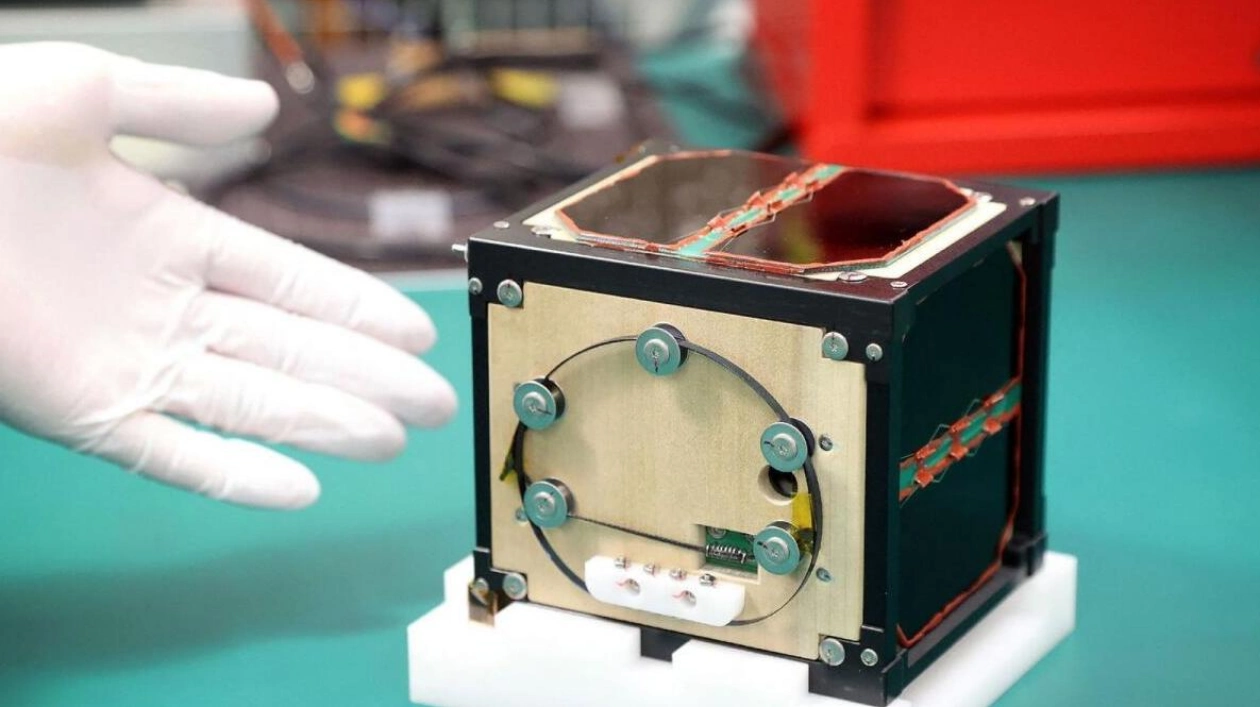The world's first satellite made from wood, named LignoSat, has been developed by scientists at Kyoto University and the logging company Sumitomo Forestry. This innovative project aims to test the viability of using timber in future lunar and Mars exploration missions.
LignoSat, which takes its name from the Latin word for 'wood', was launched into space on Tuesday. It will be transported to the International Space Station via a SpaceX mission and subsequently released into orbit approximately 400 km above Earth. The palm-sized satellite is designed to showcase the potential of renewable materials in space habitation.
Takao Doi, an astronaut and special professor at Kyoto University, envisions a future where humans can build homes, live, and work in space using timber. His team has a 50-year plan to plant trees and construct timber houses on the moon and Mars. To demonstrate wood's suitability for space, they developed a NASA-certified wooden satellite.
According to Koji Murata, a forest science professor at Kyoto University, wood is more durable in space than on Earth due to the absence of water and oxygen, which can cause rot and fire. Additionally, a wooden satellite minimizes environmental impact at the end of its life, as it burns up upon re-entry, unlike conventional metal satellites that produce aluminum oxide particles.
The researchers discovered that honoki, a type of magnolia tree native to Japan, is the most suitable material for spacecraft. LignoSat is crafted from honoki using traditional Japanese techniques without screws or glue. Once deployed, it will orbit for six months, measuring how wood withstands the extreme space environment and its ability to reduce space radiation impact on semiconductors.
Kenji Kariya, a manager at Sumitomo Forestry Tsukuba Research Institute, believes that wood could become a cutting-edge material as civilization expands to the moon and Mars, potentially revitalizing the timber industry.
Source link: https://www.khaleejtimes.com






